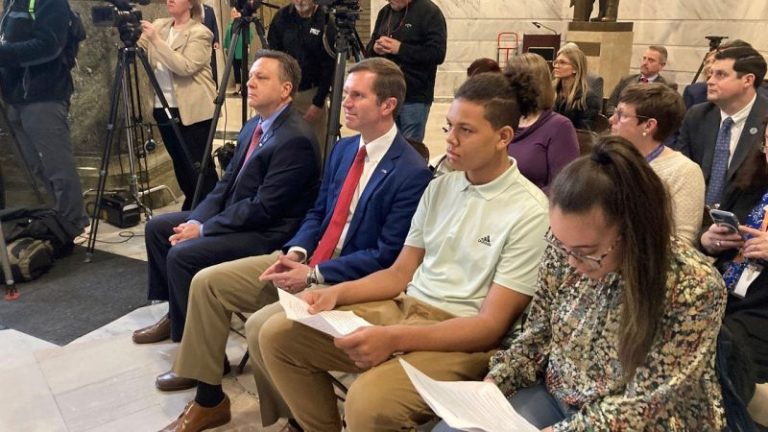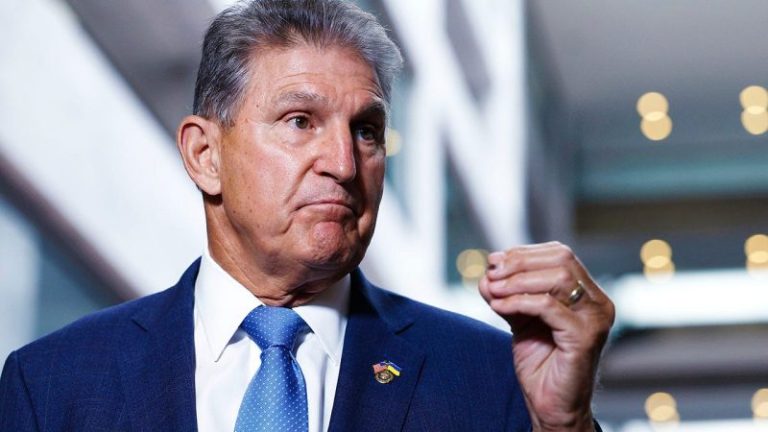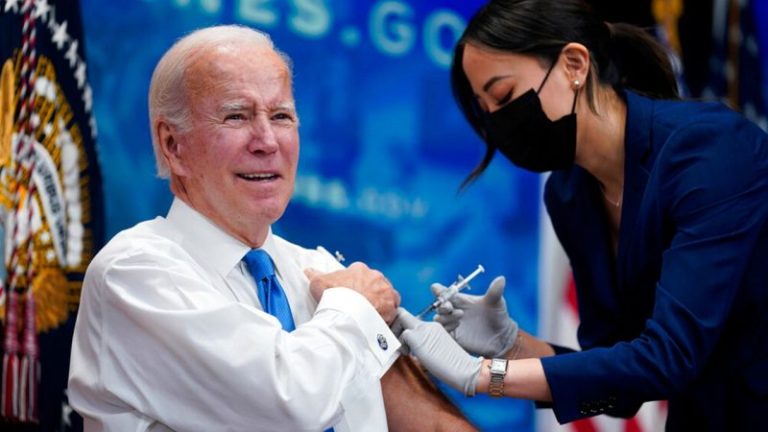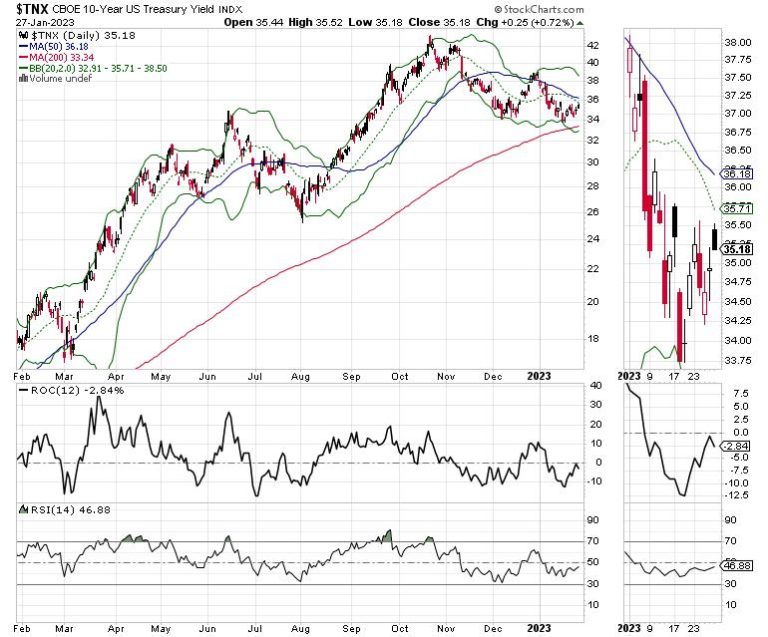Kentucky is lagging behind in the ‘competition for talent’ to lead its classrooms, Gov. Andy Beshear said Monday in pushing for higher teacher pay as a way to overcome a shortage of educators.
He cited grim statistics in making his case for a 5% pay raise for teachers and other public school employees. Kentucky has 11,000 teacher vacancies and ranks 44th nationally in starting pay for teachers, he said.
The Democratic governor continued his call for the GOP-led legislature to reopen the state budget in coming weeks to pump more money into teacher salaries and other education priorities. Lawmakers reconvene next week to resume a legislative session that continues until late March.
‘It is time that the state steps up and does more to ensure that we can win this competition for talent,’ Beshear said in a speech at the state Capitol. ‘And knowing that every teacher is irreplaceable — and every time we lose one to some other opportunity that they likely take to better support their families — it’s our kids and our future that suffers.’
The governor’s pitch came as a coalition formed by the Kentucky Association of School Administrators unveiled its initial proposals to improve teacher recruitment and retention.
Republican state Rep. James Tipton, chairman of the House Education Committee, told the group that bills delving into the teacher shortage are being introduced this session. The legislative panel he leads is scheduled to review the issue next week.
The reasons behind the shortage of educators are multi-faceted and include funding, greater workloads, job burnout and student discipline issues, Tipton said.
‘We may not come up with all the solutions in this session,’ he said.
Lawrence County schools Superintendent Robbie Fletcher mentioned compensation and workplace conditions — including stress — as factors behind the teacher shortage. In his rural district, two teachers resigned late last year and both cited the need to earn more money, he said at Monday’s event.
‘If you ask superintendents across their district, it would be scary to know how many teachers are working a second, maybe even a third job, just to make ends meet,’ he said.
If the shortage isn’t resolved, the situation could become so dire that some districts are faced with having to consolidate schools because they lack enough teachers, Fletcher said.
The coalition called for a comprehensive study of Kentucky education. It urged policymakers to review teacher certification and qualification issues as well as financial incentives to recruit and retain educators. It recommended creation of a single ‘Be a Kentucky Teacher’ portal for teacher preparation, recruitment and applications. The group signaled it will consider follow-up recommendations for the 2024 legislative session when the next state budget is crafted.
Beshear, who is running for reelection this year, has consistently made improved teacher pay a policy priority. He said Monday that the state should dip into its vast budget surpluses to make it happen during this year’s 30-day legislative session, rather than wait for the 60-day session in 2024 — when the state’s next two-year budget will be passed.
‘It doesn’t matter if it’s a long session or a short session, our kids are worth us having the courage to take the actions that are necessary,’ the governor said. ‘And our teachers deserve so much more.’
Beshear has made state-funded preschool for 4-year-olds another education priority, but that proposal hasn’t made any headway with lawmakers.
Kentucky lawmakers have generally followed their own course in setting education policies. The budget they passed last year funded full-day kindergarten and poured money into teacher pensions and infrastructure. They increased the state’s main funding formula for K-12 schools, but the amount was hundreds of millions less than what Beshear proposed. Their budget left it up to local school districts to decide whether to use additional state funding to provide higher pay to teachers and other school staff. Most districts have awarded pay raises, Republicans say.
But the governor said more should be done. He noted Monday that Kentucky slipped from 42nd to 44th in starting teacher pay in the past year. The governor’s proposed pay increase would be in addition to any locally approved raises.
‘I’m pretty ashamed that Kentucky is 44th in the country in paying one of the most important positions that we ever ask anyone to take,’ Beshear said.










